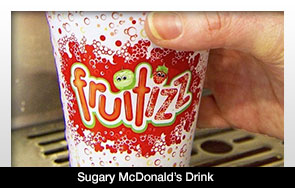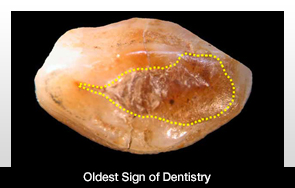Written by Dentistry TodayThursday, 13 September 2012 15:16

A health committee in the United Kingdom may want to re-explore a recent decision.
The Advertising Standards Authority claimed the McDonald’s drink Fruitizz can be part of the five-a-day portions of fruit and vegetables. The five-a-day portions of fruits and vegetables is a program that encourages healthy and drinking for children.
This ruling comes in spite of the fact that the drink contains six teaspoons of sugar.
The drink comprises fruit juice concentrate, fizzy water, natural flavorings and potassium sorbate.
A serving size of 250 mL has roughly 100 calories and 25 g of sugar. These levels of sugar stem from the amount of fruit juice content. Still, these levels did not nullify its ability to be considered healthy, according to the authority that makes these rulings.
This issue was examined after a British commercial mentioned the drink’s health benefits.
The ruling calls into question the standards used to determine a food or beverage’s health value.
Based on various studies, sugary drinks have been determined to cause tooth decay and erosion. There are also various other problems that can result from sugary drinks.
Still, based on the health standards for the five-a-day guidance in the United Kingdom, this drink manages to meet the requirements.

